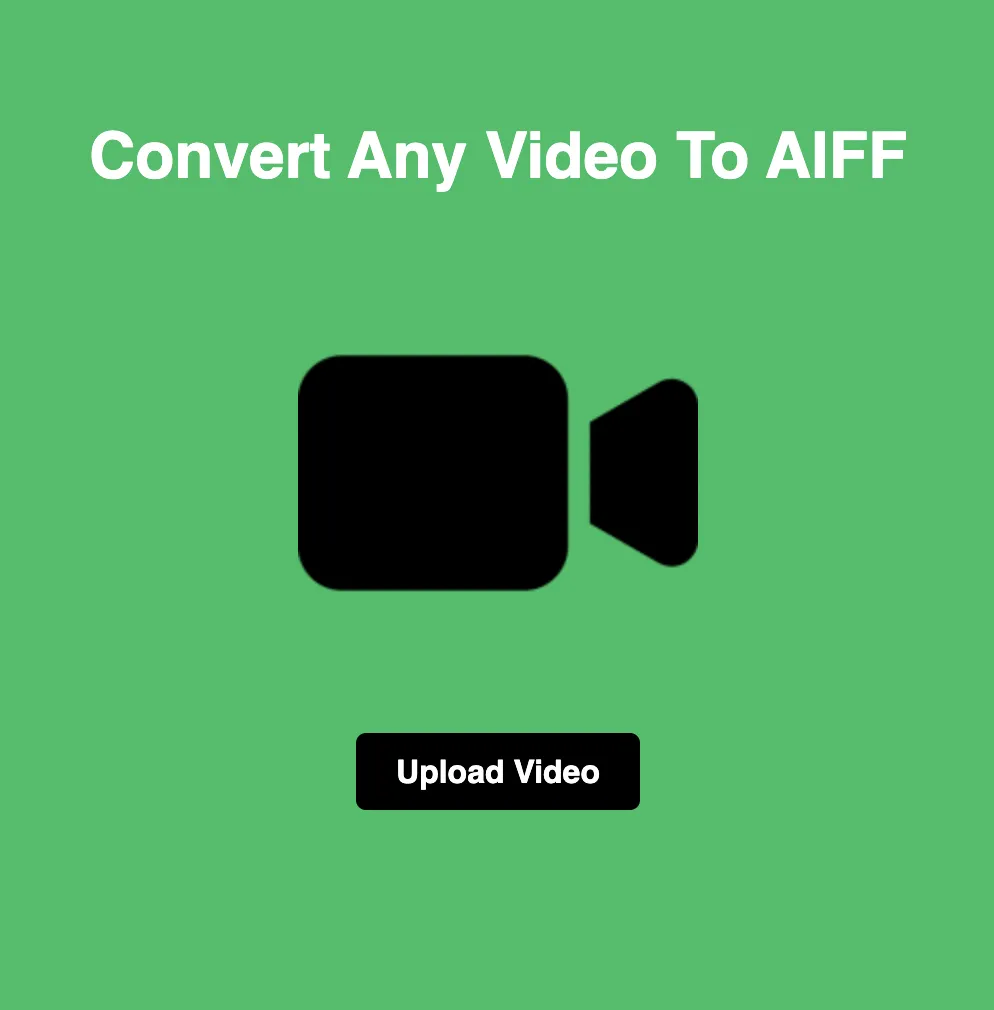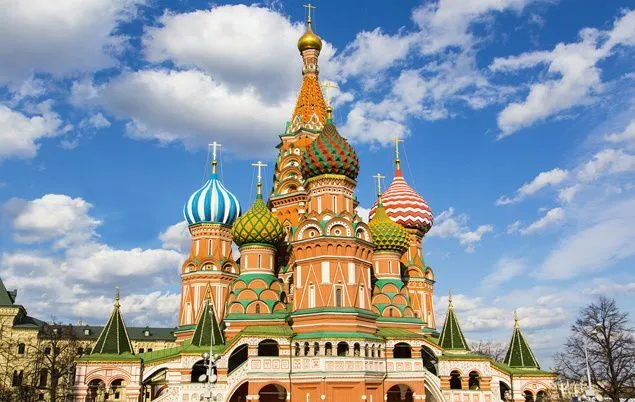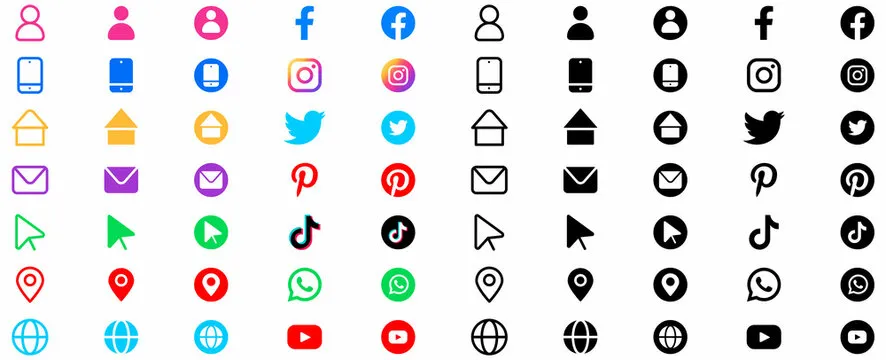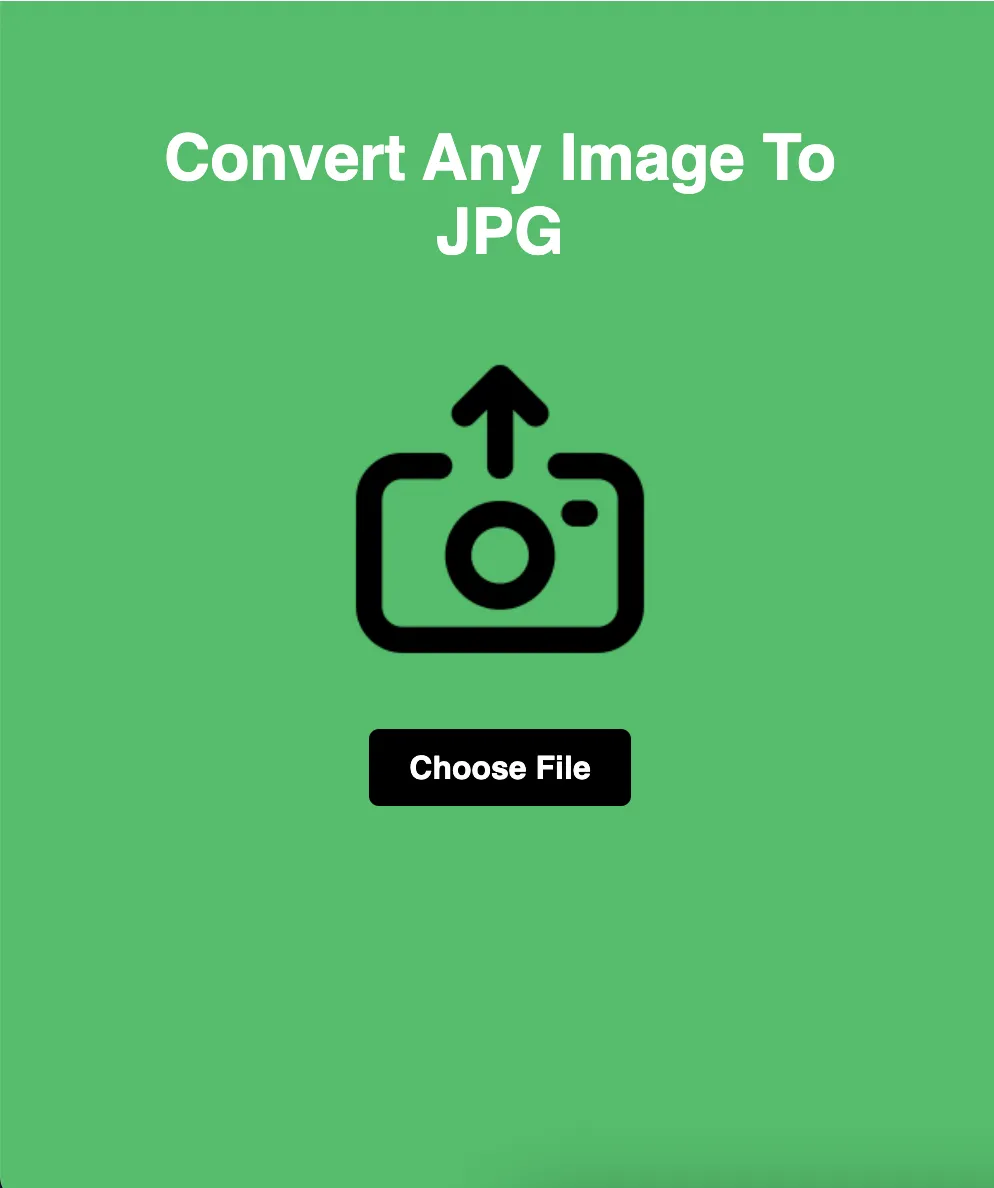
HEIF vs SVG: Choosing the Right Format for Your Digital Assets
In the vast landscape of digital media, choosing the right format for your images and graphics is crucial for optimal quality and efficiency. Two formats that often come into consideration are HEIF (High Efficiency Image Format) and SVG (Scalable Vector Graphics). While both formats serve different purposes and have distinct characteristics, understanding their differences can help you make informed decisions when it comes to storing and displaying your digital assets. In this blog, we'll explore the features, use cases, and differences between HEIF and SVG formats to help you choose the right format for your needs.
Understanding HEIF and SVG Formats:
HEIF (High Efficiency Image Format):
HEIF is a modern image format designed to offer superior compression efficiency and advanced features compared to traditional formats like JPEG. Developed by the Moving Picture Experts Group (MPEG), HEIF utilizes advanced compression algorithms, such as HEVC (High Efficiency Video Coding), to achieve high-quality images with smaller file sizes. HEIF supports a wide range of features, including high dynamic range (HDR) imaging, image sequences, and metadata, making it suitable for various applications, especially on mobile devices.
SVG (Scalable Vector Graphics):
SVG is a vector-based image format designed for displaying graphics and illustrations on the web. Unlike raster-based formats like JPEG and PNG, SVG uses mathematical equations to define shapes, lines, and colors, allowing for scalability without loss of quality. SVG files are composed of XML code, making them lightweight and ideal for web-based applications, responsive designs, and interactive graphics. SVG supports features like gradients, transparency, animations, and interactivity, making it a versatile choice for web designers and developers.
Differences Between HEIF and SVG Formats:
Image Type:
HEIF: Primarily designed for storing and displaying raster images, including photographs and digital artworks. HEIF files contain pixel-based data and are optimized for photographic content, offering efficient compression without significant loss of quality.
SVG: Specifically tailored for vector graphics and illustrations composed of shapes, lines, and text. SVG files are resolution-independent and can be scaled to any size without loss of quality, making them ideal for logos, icons, charts, and diagrams.
Compression and Quality:
HEIF: Utilizes advanced compression algorithms, such as HEVC, to achieve high compression ratios while maintaining image quality. HEIF files offer superior compression efficiency compared to traditional formats like JPEG, resulting in smaller file sizes without compromising image fidelity.
SVG: Does not rely on traditional compression techniques since SVG files are based on mathematical equations rather than pixel-based data. As a result, SVG files tend to be smaller in size compared to raster formats, especially for complex graphics with multiple shapes and elements.
Use Cases:
HEIF: Well-suited for storing and sharing photographic content, especially on mobile devices and online platforms where bandwidth and storage space are limited. HEIF's efficient compression and support for advanced features make it ideal for high-quality image capture, editing, and sharing.
SVG: Ideal for web-based applications, responsive designs, and interactive graphics where scalability and adaptability are essential. SVG files are commonly used for icons, logos, infographics, and illustrations on websites, mobile apps, and digital publications.
Conclusion:
In conclusion, HEIF and SVG formats offer unique advantages and use cases in the realm of digital imaging and graphics. While HEIF excels in efficient compression and support for photographic content, SVG shines in scalability, resolution independence, and versatility for web-based applications. By understanding the differences between HEIF and SVG formats, you can choose the most suitable format for your specific needs and projects, ensuring optimal quality and performance for your digital assets.






